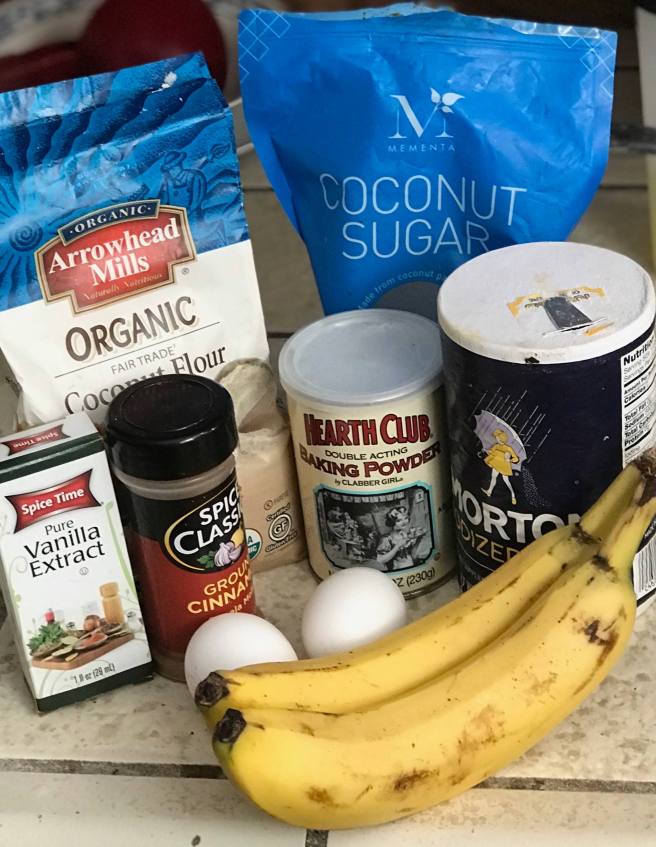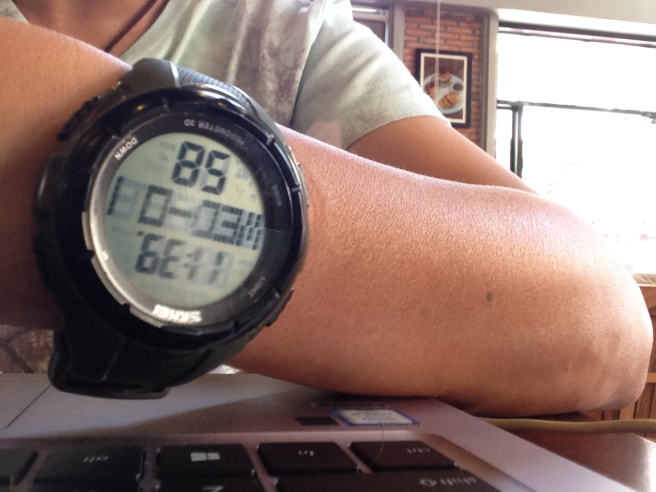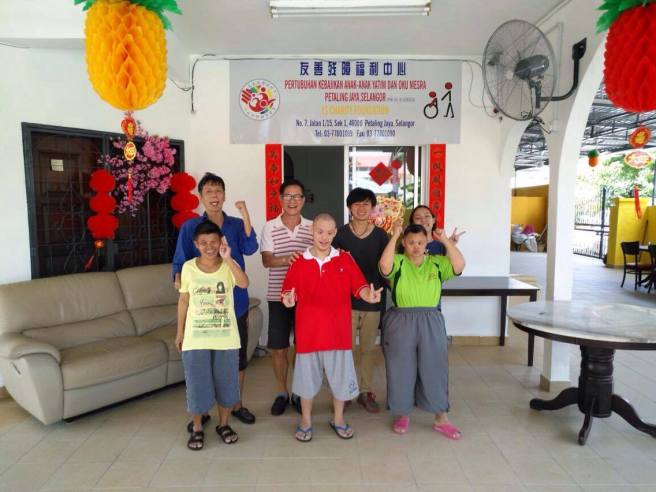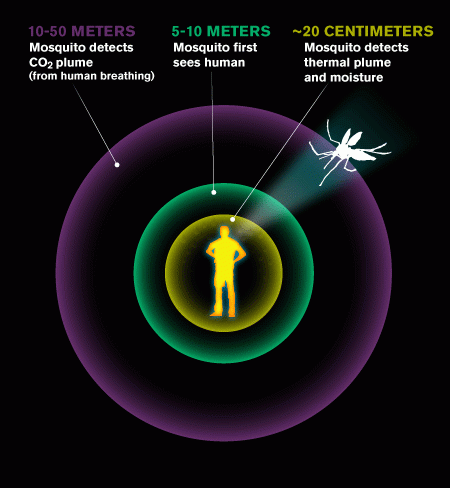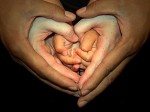Did you know six-years old laugh on average 300 times a day? As we age, away drift our laughters. As adults, we now give ourselves only 15 to 100 chances a day to laugh. Among some benefits of laughing are the reduction of stress hormones and the strengthening of immune system. The mere anticipation of laughing alone increases endorphins, the feel good hormone, by 27%.
I was presented this statistics on laughter at a class lecture. And I couldn’t be more taken aback by the numbers; we laugh as little as 15 times in a day.
Is it true? What about me? How many laughters will I be entertaining my mouth? My curiosity got to me. So I took out a day in which I took down the details of my laughters. They included time, reasons, and people with whom I laughed.
Here is the breakdown:
5:30 am: woke up, cleaned up, rehydrated, packed breakfast and lunch, and meditated (not one laughter).
6:45 am: exited the door, drove to station, rode BART, and walked to lab (Still no laughter yet).
8:46 am: On my way to work, I dropped by Grocery Outlet for some discounted drinks and snacks. At the store front, I saw a woman shopping with her own rolling cart. She had in her cart a pineapple. She stimulated my first laughter of the day by breaking up the pineapple crown with her 60-something years old bare hands. Almost walking into her, my panic countenance was turned into a wonder-struck laughter instead (I still relish that moment as I am writing this.) I bid her goodbye with a “wow, you are strong!”
9:10 am: As I was crossing the last street light to work, my colleague, Amelia, caught up to me and couldn’t wait to share her donut fiasco that took place on previous Friday at work, during which the rest of the entire team was out for a team volunteer event. She now had failed to serve donuts to everyone at the office the second time. We laughed as we were moving quickly to beat the pedestrian green light.
9:43 am: Amelia and I further shared our weekends as we settled into work mode. We laughed with each other for the last time before getting serious.
1:00 pm: lunch break. One more laughter as I enjoyed lunch with the colleagues.
1:49 pm: While walking to the bathroom, I spotted Dahn falling asleep while she was sitting in front of her computer. I stood silent right in her field of view, counting down in my head to see how long it would take her to notice my standing there RIGHT in front of her. That gave me a good laugh.
2:00 pm: I don’t recall the exact reason. Florence suddenly did an impression of Meghan while speaking to me. I found it silly and funny at the same time. I snickered a little.
2:12 pm: David accidentally printed his documents on my printer-ready labels. Little mishap like this somehow elicited a laughter from me.
3:15 pm: Liusheng, lost in thought and baffled by his experiment, started talking to himself. I was working on my own experiment and overheard his tragedy monologue–Shakespeare would have named it the same way I did. We then engaged in discussion about using surfactant for his protein binding study. Amid the talk, we delighted in a few jokes.
4:18 pm: Liusheng came back with his reporting of the impact of surfactant on his centrifugation time. He lit up like a child and his joy infected me before we parted for the day. And that also ended my laughter for the day.
9:xx pm: I reconnected with an old friend named Jimmy. It’s been some years since I last heard from Jimmy. We exchanged a little and I got to learn that Jimmy was now working as a nurse. What an amazing news. I was overjoyed as I was texting him and congratulating him. Years of hard-work and perseverance finally paid off, Jimmy. Hearing news of you was the fireworks to the conclusion of my evening.
Overall, I had 10 instants of laughter. I did not count exactly how many times I laughed in each instant; Let’s approximate between 1 and 4 laughters per instant, that gave me a range of 10 to 40 laughters in total that day.
What an interesting bookkeeping for the day. Seeing this tally, I couldn’t help but to brainstorm questions in my head: am I that stoic? Is it because the environment in which I put myself was not conducive to evoking laughters? Is it because I am a passive-laughter, in that someone has to initiate the cue to stimulate my laughter? The possibilities go on…
For now, it’s interesting to discover some parallel to the above statistics. While various factors such as personality, one’s social circle, one’s appreciation of life, and many others contribute to one’s overall sensitivity to laughing, it seems like laughing, a native ability we were born with, is becoming harder for us to commit to it. We have been tucked in multiple directions and have had our time fragmented into multiple priorities, into which that leave us unaware of our connection to both our body and surroundings. As this continues to go on, laughing wholeheartedly seems to only get harder with age.
Why don’t you try it out for yourself? Pick a day and keep a note of how many times you laugh that day.

